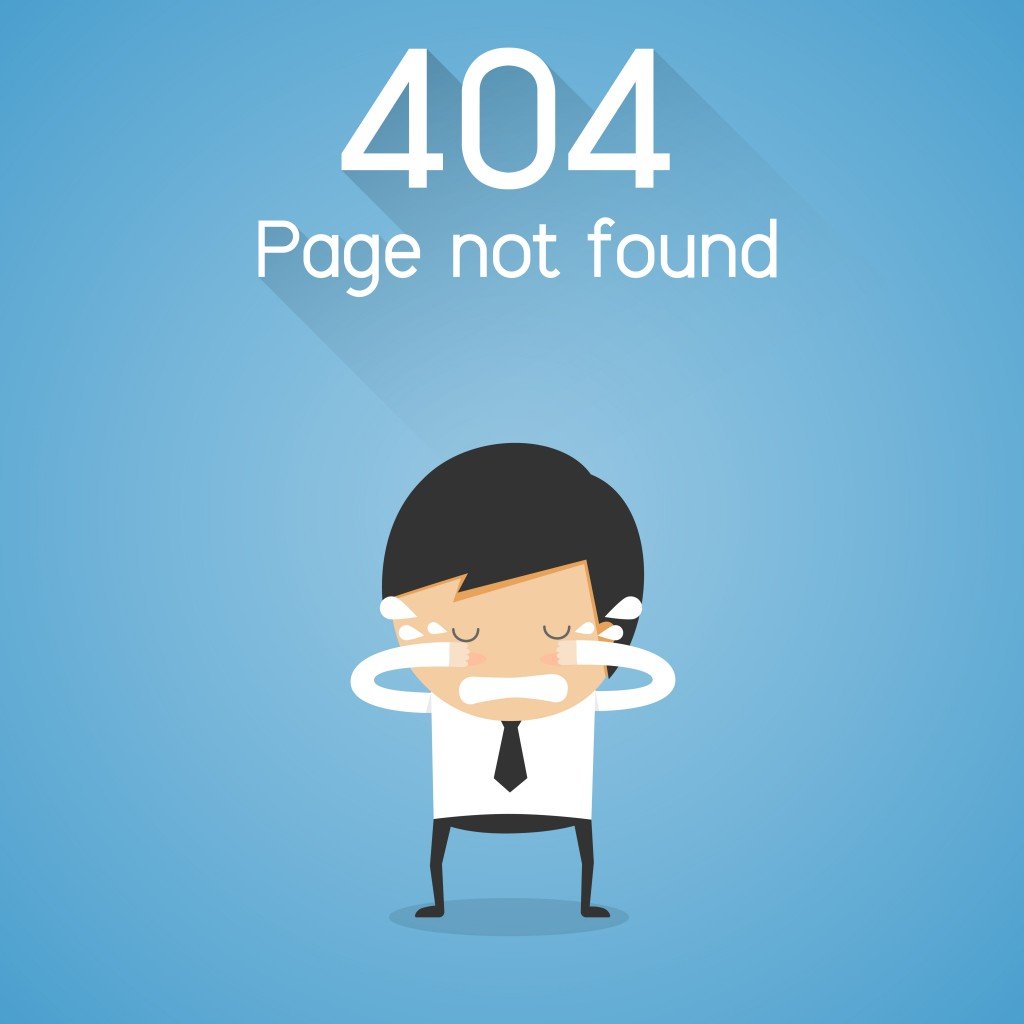We Heart the 90s (But Not When It Comes to Your Website)
Web design is an evolving art form, with trends driven by shifting styles and emerging technology. If you’ve noticed some slippage in website traffic and suspect that your web design may be totally out of date, take heart: there are straightforward methods for determining whether it’s time for a re-design.
Signs Your Website Needs an Update
Since the media used by full-time Interactive Designers changes so quickly, websites are not a static art form. The following signs will let you know if your website is telling the world how old-school your thinking is.
1. You're Not Mobile Optimized
Does your website look good on mobile devices? If you haven't checked, you're in big trouble. Business Insider reported in May of 2015 that "Google now gets more search queries in the U.S. from people using mobile devices such as smartphones than it does from people browsing the Web on PCs." So if your website isn't fashionable and functional on a mobile device, your potential customers won't stick around to use it.
2. Your Site Isn't Responsive
Going hand in hand with mobile optimization, in 2016 it's an absolute necessity your site makes use of responsive web design (RWD). While companies used to maintain different websites altogether for mobile devices, that was back when browsing the internet on your phone was a novelty. Now that phones and tablets are becoming the most common portals for online shopping, savvy businesses are establishing a single responsive site with just one address for incoming links. Web designers and web programmers should embrace RWD because it eliminates the need to develop different websites for desktop, tablet, and mobile devices. The singular site means that end-users like content creators and CMS editors only need to worry about building pages once instead of two or three times to support all devices. RWD makes it so you experience the same web content on a site regardless of device.
3. Your Site is Clunky
Best-practice navigation evolves rapidly, and the credibility of your brand requires a streamlined online experience. You want to give the impression that the quick easy navigation on your site reflects the experience people will have when they do business with you. Menus, sidebar navigation, hyperlinks, etc. all have a part to play in building intuitive pathways. Other functional questions to ask yourself include: Are your files too large, leading to slow-loading pages? Does your site still use Flash? (Not a good idea) How well does your content render on new and old browsers?
4. Your SEO is Bad or You Keyword Stuff
Keyword stuffing used to work, but now jamming your text full with keywords designed for the robotic eyes of web crawlers gets your site penalized; good SEO practice requires unique, well-written text that’s not larded with ad links. Keywords have to occur organically, and they can’t be too concentrated. Pro Tip: inbound links that come from social media platform are gold as far as both marketing as well as SEO.
5. Your Load Time is Too Slow
Our fast paced society has no patience. As Serial Entrepreneur and founder of 1871, Howard Tullman points out, we now have Tic-Tacs that "change flavor mid suck" for our waning attention spans. According to Hubspot, 55% of visitors spend fewer than 15 seconds on your website at all, and that's IF it loads quickly. Having a slow load time is even worse. The New York Times reports that people will visit a web site less often if it is slower than a close competitor by more than 250 milliseconds (a millisecond is a thousandth of a second). “Two hundred fifty milliseconds, either slower or faster, is close to the magic number now for competitive advantage on the web,” said Harry Shum, a computer scientist and speed specialist at Microsoft. So make sure your site loads in a snap on a variety of browsers and devices.
6. Nobody Can “Like” Your Site
In addition to achieving higher rankings, sites with plenty of social media tie-ins (promoted posts, “Like” and “Follow” buttons, lots of cross-platform content) will simply attract more traffic straight from their networks. Google Authorship is a great tool to boost your blog in search results. Make sure your social media sites are clickable from your website and vice versa, list your website on your social media channels.
7. Your Aesthetic is Retro...in a Bad Way
An up-to-date aesthetic is a bit harder to pin down than some of the other metrics here, although it’s certainly related to ease of navigation and functional efficiency. Artistic decisions such as use of white space, fonts, colors, and even size all effect the aesthetic your site has. Some markers of outdated — or simply unappealing — web aesthetics that mark you as behind-the-times include white-on-black text, glossy buttons, and music that starts automatically. Check out Hubspot's list of other "soooo 2000" web design examples here.
Ready to Find Your Web Design Sweet Spot?
If you've read the seven tips above and decided you need to spruce up your online presence, Artisan Talent can help! We can match you with the perfect set of freelancers or full-time professionals. Everyone from Web Designers, Copywriters, Coders, UX Developer/Designers, and more. Contact us today to learn more.
Bonus Tip
Don't redesign just because you can. An interesting point to be aware of as you plan a fredesigning your site: users tend to dislike change. Full redesigns can have negative impacts on customers who appreciate what’s familiar about your website. If you think in terms of “realigning” instead of redesigning, your changes will be driven by functional needs rather than by a vague impression that it’s time for a change. Start from a minimalist viewpoint, making only those changes necessary for adapting to user convenience or new technology, and preserve as much as possible of your brand’s visual identity.



